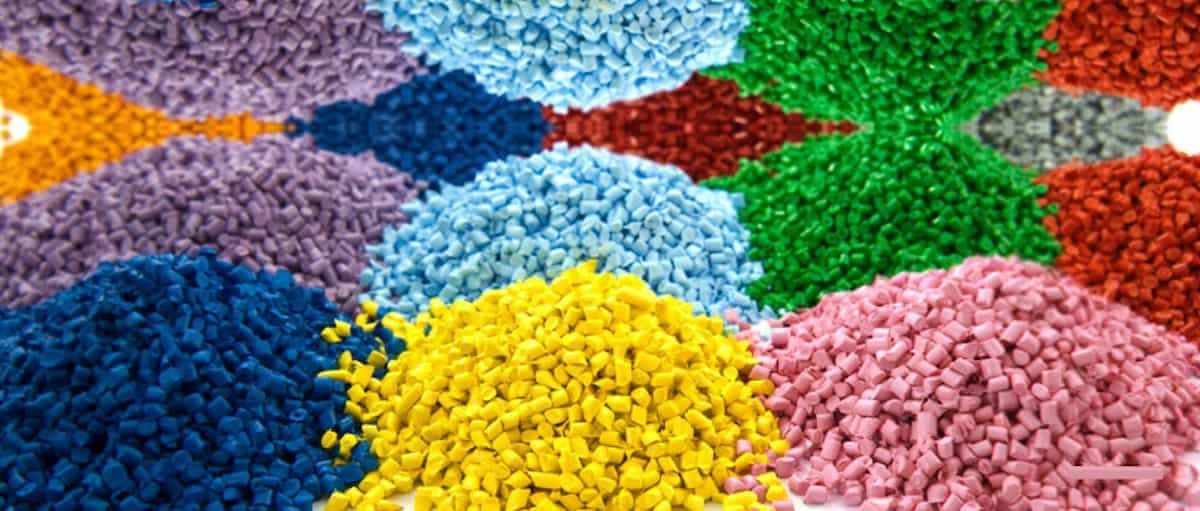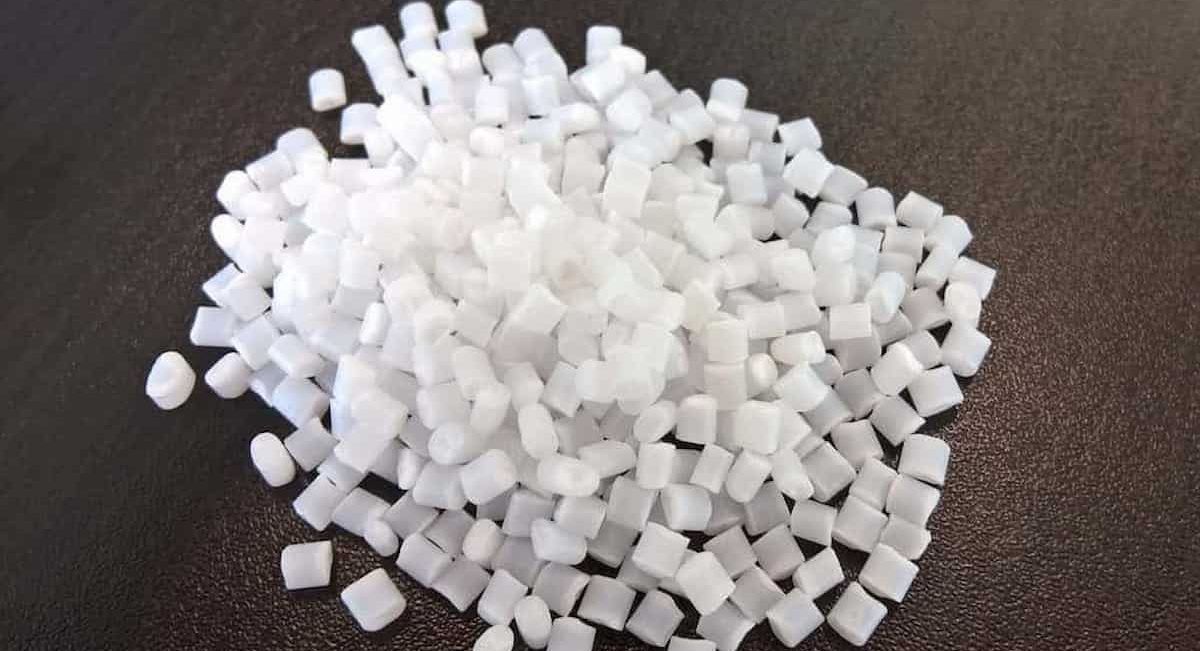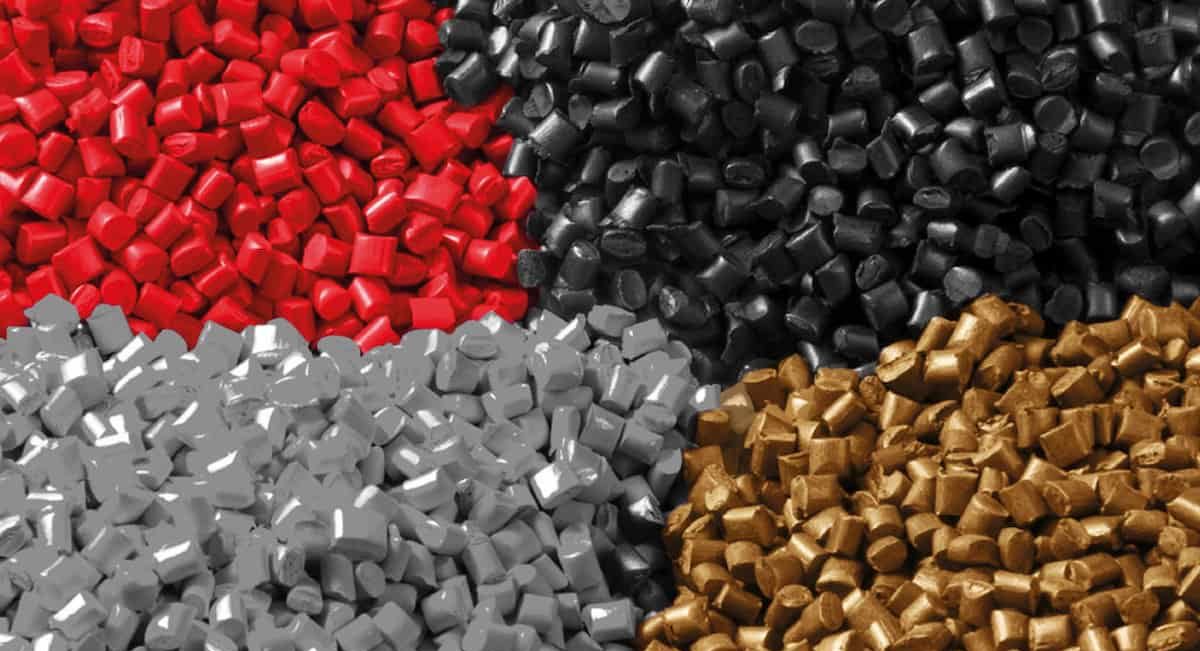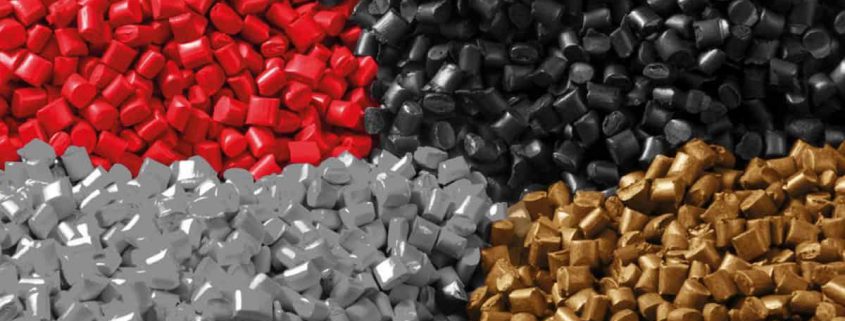density of xlpe insulation compound
The density of the composition of Xlpe and its insulation (XLIC) is 1.5 pounds per cubic foot.
This is in order to prevent heat leaks from outer surfaces to interior rooms.
If your home has crawl space, you should install a XLIC spray foam insulation system.
If you don’t have a crawl area, you may want to consider an XLIC fiberglass insulation system.
Without replacing the flooring material, you can effectively insulate your home with any of the methods.
XLPE insulation is almost twice the size of R-۱۳ standard fiberglass insulation.
This means that half of the XLPE insulation is required to achieve the same degree of protection.
By comparing two insulators, XLPE provides the same amount of protection with half the cost.
In addition, X-LPE has more smoke point than fiberglass, which makes it a perfect material for use around cooking utensils, kilns, heaters and fireplaces.
If you live in an area where the weather varies from cold to 100 degrees Fahrenheit, XLPE is great for keeping your home warm without compromising air quality.

The importance of XLPE insulation density is that it creates thermal barriers between inside and outside of a building.
Insulation materials are a material that is placed between the two surfaces to prevent heat transfer.
Buildings often use insulation materials to prevent cold air and air from entering.
As for a greenhouse, insulation helps keep warm air and cool air outside.
XLPE insulation is a high quality polyethylene foam insulation.
Polyethylene foam is a plastic material that is now used as an insulator worldwide. XLPE insulation is available depending on the amount of insulation required in various densities.
Choose XLPE insulation with the highest density available if possible.
The less density, the less insulation is delivered.
XLPE insulation density is determined by several parameters including thickness, weight and temperature.
Insulation produced from XLPE thickness: the higher the insulation thickness, the higher the thickness.
If there is enough space in the greenhouse, thicker insulation can be used. If not, consider the use of a thinner insulator.
XLPE weight: light weight insulation is less expensive because it is lighter. If more insulation is needed, you may want to consider additional shopping.
Higher temperatures require increased insulation. Lower temperature requires less insulation.
Insulation materials are measured with R values. The insulation value increases with the R value. A typical residence costs about R-30.
Information about the R values is available online.

density of xlpe compound
XLPE density (interconnected polyethylene) is an important factor in determining the insulation value of this compound. In fact, the density of the material decreases the value of R. But high density means that the material will be less flexible.
When choosing insulation materials for building, the R value is the first thing to be considered.
Density is something that should always be considered, but not at the expense of R-value.
Xlpeepination density is important because it determines how much heat transfer occurs between internal and external temperatures.
When the insulation is properly installed, the temperature difference between the two regions should not exceed 15 degrees Fahrenheit.
If the insulation does not work properly, the temperature difference can reach 20 degrees Fahrenheit.
This means that heat dissipation increases and temperature increases inside the home.
When the insulation is not installed properly, the temperature difference between the two regions can be 50 degrees Fahrenheit.

This means that the loss of heat is very high, and the temperature inside the house becomes even hotter.
XPE insulation density affects insulation performance.
Thicker insulation, more insulation strength. Insulation thickness is measured per inch per pound.
Thicker insulated, R value is lower.
Xlpe insulation is the best choice for hot-weather homes where moderate temperatures are above 80 degrees Fahrenheit.
XLPE density is measured hot in cubic meters (g/m³). The higher the number, the more dense the materials.
However, the smaller the number, the thinner the product.
XLPE is a thermal reflective insulation that provides superior protection against cold temperature while maintaining low moisture level. In addition, XLPE is fire-resistant and non-flammable.
The high thermal conductivity allows for heat to be stored inside the building, and the excellent smoke penetration makes it suitable for use in commercial buildings.
XLPE is sometimes known as a “supercapacitor” material due to its ability to store large quantities of electrical charge.
xlpe Composition Density
It’s because of the composition of matter.

XLPE can be found in a range of electrical products, such as electrical tools, electric vehicles and even some medical devices. Because of its high capacity, XLPE is commonly used to produce supercapacitors.
The capacitance of supercapacitor energy is much greater than that of standard electrolytic capacitors.
The main difference between common supercapacitors and electrolytic capacitors is in their corresponding building materials.
Typical electrolytic capacitors use aluminum foil as a dielectric material.
dielectric, which is responsible for physically separating the positive and negative plates and ensuring they remain separate, provides insulation.
The reformation of aluminum atoms results in the field around dielectric as a result of current flowing through capacitors. As long as the surrounding field is strong enough, electrons can move freely through the capacitor.
Supercapacitors use different types of dielectric.
Polyethylene terephthalate film is used as an alternative to aluminum foil in supercapacitors. Carbon and oxygen are the two main components of PET polymer.
Carbon, on the other hand, is an element that can exceptionally guide electricity, but cannot oxygen. By combining these two materials, a high-quality dielectric can be produced.
xlpe Composition Density
As mentioned earlier, dielectric functions act as a barrier between positive and negative electrodes.
The positive pole of the supercapacitor must be connected to the negative pole for the proper operation of the device.
A critical field can be generated by placing a low voltage between the electrodes because the dielectric contains only a few thick molecules.
Because of this field, it is now much easier for electrons to cross through the dielectric and to get to the negative plane.
Because of their unique structure, supercapacitors are much more compact than electrolytic capacitors.
Conversely, their duration is virtually non-existent.
Natural electrolytic capacitors may stay in operation for many years, but supercapacitors lose only half their load after ten years. Therefore, it is required that a lot of time be replaced in case of supercapacitor damage.



Leave a Reply
Want to join the discussion?Feel free to contribute!